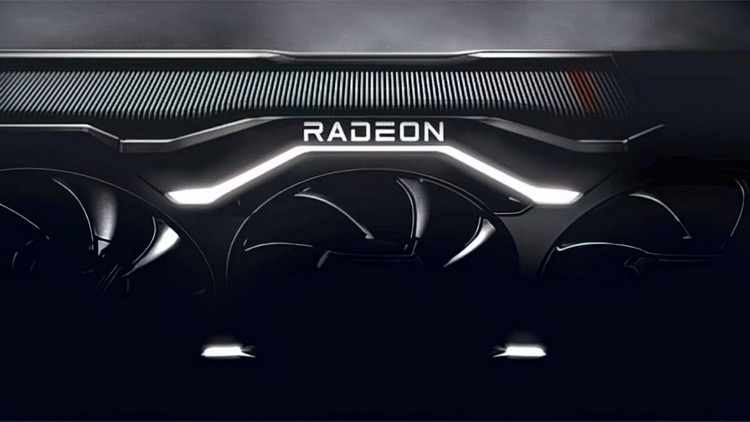
Intel's return to the discrete graphics segment could not be easy by definition, so we should not be surprised by rumors about the company's willingness to curtail all related initiatives amid the emerging difficulties.Representatives from the company, responsible for the development of graphics, insist that the profile activities do not stop and already covers products for two generations ahead.Image source: FutureThe staff of the resource PC Gamer was able to get comments from Tom Petersen (Tom Petersen), who after the transfer from NVIDIA to Intel is responsible for issues related to the development of graphics solutions.According to him, Intel is \"not going anywhere\" in the discrete graphics segment, and the company's developments in this area form the basis not only for integrated graphics solutions, but also specific products for data centers.Petersen acknowledges that Intel's activity in this area creates a lot of uncertainty and rumor, but he feels it is important to stress that Intel is not giving up on its plans for discrete graphics; in fact, most discrete graphics engineers at Intel are already involved in developing the next generation of Battlemage to replace the current Alchemist.As far as driver development is concerned, the balance of forces is in the opposite principle: the main resources are concentrated on Alchemist, while the perspective Battlemage is paid less attention to.Part of Intel engineers are even involved in defining \"common technology pillars\" for even more distant generation of discrete graphics, known as Celestial.The only thing known about it so far is that it will be released after 2024.Intel's lack of competitive offers for the upper price range within the Alchemist family, according to Petersen, should not embarrass consumers.The company has returned to the discrete segment of the market through a niche of mass-market solutions, but will offer more powerful graphics processors in the future.


0 Comments